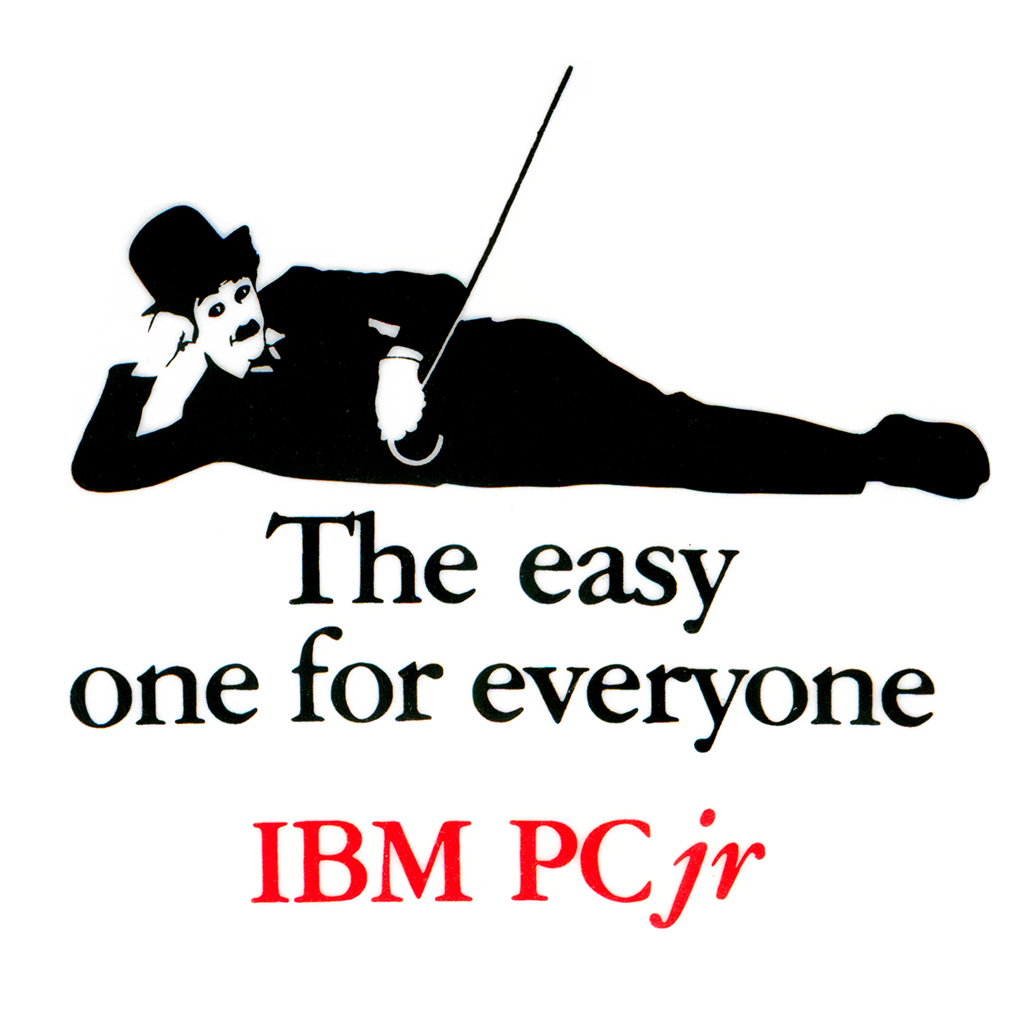The Xperia Z3v is a very odd hybrid of a phone that is being marketed as a flagship for the current generation of smartphones; it was released in October 2014 and is a Verizon exclusive (other carriers have the older Z2 or Z3). There is a nearly criminal lack of coverage in the media for this phone, so I thought I’d rectify that with my thoughts on the phone after two months of use. First, some background:
We switched the entire family over from Sprint to Verizon (more expensive, but you get what you pay for) and part of the terms of the switch was that we all get new phones. As I was a long-time Samsung customer (Epic 4G, Galaxy S4) I was planning on going with the S5, but wanted a few things the S5 couldn’t give me, like stereo front-facing speakers. After reviewing everything Verizon offered that met my requirements, I decided to try the Xperia Z3v under the agreement that I could return it after 14 days if I wanted to switch to another phone. Because the phone is best-in-class in a few areas, I’ve decided to keep it, accepting that a few aspects of the phone need workarounds.
The Z3v is a combination of the Z2 (larger, thicker body; slower CPU) and the Z3 (camera, screen). It’s a frankenphone that only Verizon offers. Let’s start by describing the basic features of the phone that drew me to it:
- 20 megapixel camera sensor
- 1080@60p and 4K@30 video recording
- IP65/68 rating (dustproof, waterproof up to 5 feet for up to 30 minutes)
- Front-facing stereo speakers
- Dedicated physical camera shutter button
- Wireless charging
(It has more features than these obviously, like remote PS4 playing, but these are the only ones that interested me.) Sounds awesome right? Well, it mostly is. Based on my experience, here’s what “mostly awesome” means:
Pros
The camera. As a point’n’shoot, the Z3v is one of the best I’ve ever had. The 20mp sensor, coupled with firmware borrowed from the Sonty CyberShot line of cameras means that it shoots great automatic pictures, they look like the stock photos of EyeEm. In default “auto” mode, which is what you get if you press the camera shutter button to wake up the phone and go straight to the camera app, it uses the 20MP sensor to oversample the scene and provide both free HDR shots and stabilization. It is smart enough to turn off stabilization if it notices the camera is on a tripod, and tells you it is doing so with a small status indicator. Actually, it’s smart enough to do all sorts of things that I won’t bother mentioning here — just know that the Z3v is good enough that I don’t carry a dedicated camera any more. Is it a replacement for a DSLR? No, of course not. But it is definitely a replacement for a sub-$300 point’n’shoot. The shutter button even performs a press-half-to-focus-lock, press-full-to-shoot function.
4k video. Being able to shoot this is not terribly practical, but it does work, and you do see some additional fine detail that you don’t see in 1080p mode. 4K mode is useful if you can’t decide on the framing of a 1080p shot and you want the ability to crop without losing detail. It works best outdoors; there’s no point in using it in low light.
It’s waterproof. Will I be shooting underwater? No. Will I be secretly grateful that my accidental fumble of the phone into the toilet won’t completely destroy it? Absolutely.
Active noise-canceling for free. This feature isn’t advertised heavily, but if you purchase the custom “Sony Digital Noise Cancelling Headset (MDR-NC31EM)” earbuds for $45 and stick them in the phone, the Z3v will 1. recognize they are in, and 2. enable active noise-cancelling. This works because the earbuds have little microphones on them that sample the environment, which the phone then generates the inverse waveform for in certain bands and mixes that into the output. While the earbuds aren’t the most comfortable things to have in for more than an hour, the features does work well — better than noise-isolation earbuds which I’ve used for a decade — and I’m thankful to have them on my commute. I haven’t noticed any distortion, but I listen to mostly spoken material on my commute.
Wireless charging. With a cheap Qi charger, this simply works, which is great because the USB/charging port is normally behind a waterproof door you have to keep opening and closing when connecting via that port.
Battery life. The battery life on this phone is simply amazing given what the phone is capable of. I can go two days on a single charge, and that includes 3-4 hours of screen-on time per day. If that’s not good enough for you, there are two classes of power-saving modes with multiple levels of customization, the latter of which shuts down everything except calling and texting and can stretch a single charge up to seven days. Geezus.
Sounds too good to be true? Well…
Cons
The 20MP mode is disappointing. The camera normally shoots everything at 8MP. If you want the true resolution of the sensor, you can enable 20MP in “manual mode”. It works, and you have some customization over the shot, but it’s disappointing because the sensor and lens are small enough that there is no appreciable extra detail captured in the 20MP shot. I’ve done comparisons with the phone on a tripod in a lot of light and there was just no advantage: I scaled the 20MP shot down to 8MP in photoshop and it didn’t look any better; I did a 100% crop of a few locations in both images and the 20MP didn’t have any more detail, mostly just fuzzier larger sections. So, it’s sort-of useless, and I don’t use it.
The phone is slippery. The front and back are glass, and the edges are a rougher plastic material. The edges aren’t enough for me to keep a good grip on the phone at all times.
The native camera apps offer little customization. If you want to shoot video under odd circumstances, or use the camera on a tripod to take nice stills, the native camera app — even in manual mode — lacks a few things that make it difficult. There’s no true manual focus or manual white balance. You can pick focus “types” and white balance “types” but the focus and exposure are always auto-adjusting. And the 4K video mode offers no customization whatsoever; it’s 100% auto-adjust.
60p isn’t really 60p. For some inexplicable reason, the camera shoots video slightly slower than 59.94 or 60fps which are the only framerates considered 60p broadcast standard. Out of several tests, the resulting videos had variable framerates, all nonstandard, like 59.32 and 58.86. This leads to slightly jerky video over longer lengths of time, and can cause issues editing in post. One video I shot and uploaded directly to YouTube without editing shows up as “1080p59”. (The 30p video modes were all 29.97 like they’re supposed to be, so that’s good at least.)
4k video mode overheats the phone. Seriously. The first time you use it, you’ll get a pop-up saying that if the camera overheats, your video will be stopped, saved, and then the camera will shut down to cool off. Sure enough, it does all that after about 5-7 minutes of 4K video shooting. This, coupled with the 60p framerate issue noted above, seems very bubblegum-and-shoestring to me. But, good luck getting those fixed, because:
Frankenphone = orphan. The Z3v was the result of a partnership between Verizon and Sony; it is a hybrid of the Z2 and Z3. As a result, neither company will fully support the phone. I’ve tried to report the firmware bugs noted above to both companies, and both companies tell me to contact the other company. Sony tells me that Verizon supports the phone exclusively, and Verizon tells me that any firmware bugs in the camera are the responsibility of the manufacturer. Which really sucks, because:
Playing with the alarm volume can lock up the phone. If you adjust the volume of an individual alarm a few times, then this hilarious thing happens: When the alarm time comes, it does not make noise but instead locks up the phone. You have to mash and/or hold down the power button to get out of this state until the phone eventually reboots. I was late to work one day because of this. It would be nice to be able to report this bug to someone, but oh well.
The front-facing speakers aren’t as loud or clear as they could be. My son used to have an HTC One M7 and his audio was louder and clearer than on the Z2v despite the hardware being almost 2 years older. It’s not bad; just don’t assume it’s a replacement for good headphones.
The Stock youtube app doesn’t allow pre-downloading. This feature was removed by YouTube at some point, angering hundreds of thousands of commuters, myself included. I used the stock YouTube app on my Galaxy S4 for a full year for this reason so I could predownload videos in my “Watch Later” list to view on the train, and the Z3v app is fully updated and doesn’t allow caching of videos.
These were initially very big disappointments and I almost returned the phone because of them. After some research, here’s how I mitigated them:
Workarounds
Slippery: The Verizon store had a $20 cheap flexible plastic case that I put on it just to make it less slippery until I found something else. I haven’t found anything else, so it’s still on there. I tried carbon fiber stickers; while they looked nice, all they did was make it more slippery. Trying to search Amazon or other stores for “Xperia Z3v case” doesn’t work well because you keep getting results for the Z2 or Z3, both of which have different dimensions than the Z3v.
Lack of manual camera options: I found that OpenCamera works with my phone and supports locking focus, white balance, and exposure. This allows me to shoot videos in very odd conditions, such as a reflective glass computer CRT that emits colored light. It doesn’t support the 60p or 4k modes of the phone because those are manufacturer-specific and have no exposed API.
Odd 60p videos: moveyourmoneyproject.org created this script to “fix” 60p videos so that they can be edited in post-production without causing problems:
A = FFAudioSource("MOV_0001.mp4")
V = FFVideoSource("MOV_0001.mp4")
AudioDub(V, A)
# Force compliant framerate (will adjust audio rate to match)
AssumeFPS("ntsc_double", true)
# Resample adjusted audio rate back to 48KHz
SSRC(48000) #if crashes, use ResampleAudio() instead
Inability to pre-download YouTube videos: TubeMate now provides that function. It’s clunky and buggy, but it works well enough to keep my commutes from becoming too boring.
Alarm volume adjustments lock up phone: Adjust the alarm volume using the Settings->Alarm path instead. Whatever you set it to, all new alarms will inherit, and you can adjust that all you like without consequences.
Conclusion
I think it’s a great phone if the above Cons don’t affect you and you’re looking to join Verizon and get a new phone before April 2015. (After April, I believe the new Samsung is coming out, and it remains to be seen how that compares.)
Most people will use the phone on full auto, and it is very, very good at that. Just don’t expect manual fine-tuning of a few things.











You must be logged in to post a comment.